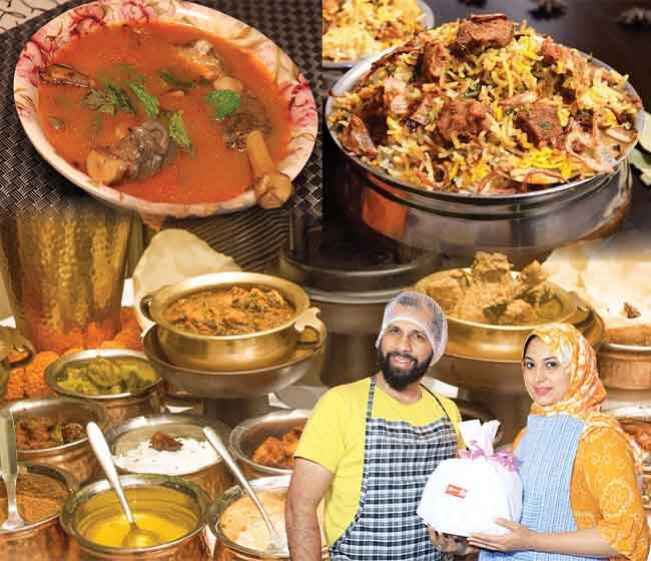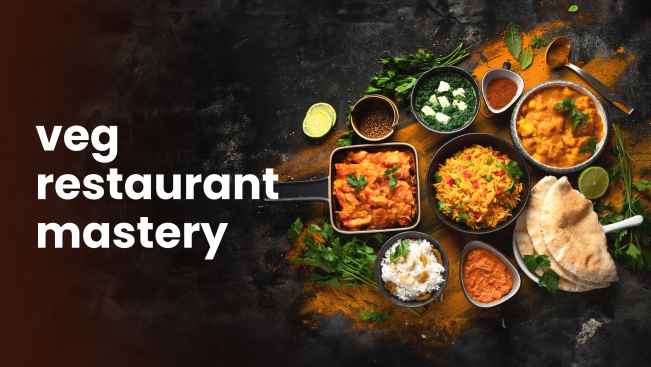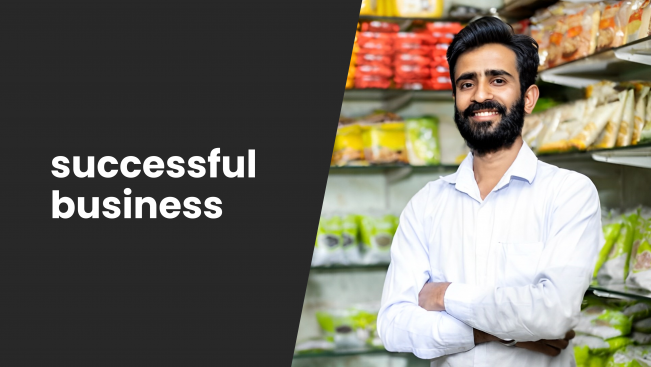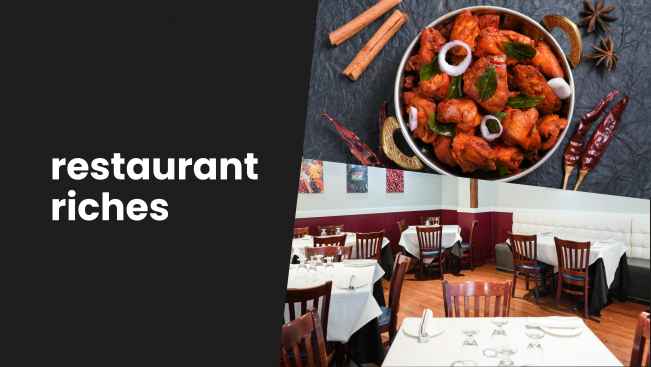The Home-Based Cloud Kitchen Business course is the perfect opportunity for anyone looking to earn a substantial income from the comfort of their own home. With the increasing demand for food delivery services, the market for home-based cloud kitchen ideas is booming, and this course will provide you with the practical knowledge and skills to launch and run a successful operation.
The course is taught by an experienced mentor, [mentor name & achievements], who has built a successful cloud kitchen business and is eager to share their practical and replicable methods with you. With nine comprehensive modules, this course will cover everything you need to know to get your business up and running, from creating a menu and setting up your kitchen to marketing and scaling your operation.
This course will not only provide you with a step-by-step guide to launching a successful cloud kitchen business model, but it will also give you the tools and support you need to overcome any obstacles and achieve your goals. From reducing the risk of failure to maximizing your profits, this course is designed to help you achieve financial stability and success.
However, we understand that starting a business can be scary, and that's why we've included a comprehensive video guide to help address any fears and answer any questions you may have. With the right knowledge and support, you can turn your passion for cooking into a lucrative home-based business that allows you to earn a steady income of up to Rs 5000 per day.
Don't miss this opportunity to take control of your financial future. Watch the course video today and start your journey to success!
Get an overview of the course and sets the stage for what you can expect to learn.
You will learn about their background, expertise, and why they are the best person to guide you on your journey to success.
Know the financial aspects of starting a cloud kitchen business.
Learn the financial aspects of starting a cloud kitchen business, including capital requirements, and statutory requirements such as licenses and permits.
In this module, you will learn about the importance of hiring and managing a team of culinary professionals, including chefs and kitchen staff.
Explore different equipment options and the advantages and disadvantages of each, as well as how to select equipment that fits within their budget.
Learn how to create a menu that meets the needs and preferences of their target customers, while also maximizing profits.
Learn how to purchase ingredients and supplies efficiently and cost-effectively, and how to manage their inventory to minimize waste and reduce costs.
Discover the importance of branding, and how to create a brand identity that differentiates their business from the competition.
Learn how to manage their finances effectively, and how to create a budget and track their expenses.
Understand managing competition and navigating the challenges of running a small business.

- Entrepreneurs looking for a low-cost, high-potential business venture
- Existing restaurant owners looking to expand their operations
- Home chefs seeking to turn their passion for cooking into a profitable business
- Individuals looking for a flexible and convenient way to earn an income from home
- People who want to start a food business with minimum investment and maximum returns



- Learn what a home-based cloud kitchen is, how it differs from a traditional restaurant or takeaway business
- identify the right target market for your home-based cloud kitchen
- Learn how to create a menu for your home-based cloud kitchen that caters to your target market's preferences and tastes
- Discover marketing your home-based cloud kitchen business through social media, email marketing, word of mouth
- learn how to scale up your home-based cloud kitchen business
Once you purchase a course, it is with you forever on the ffreedom app. You can learn and revisit the chapters any number of times.
You can view the course videos at your convenience by downloading the entire course content on your mobile. Learn at your pace and from anywhere.
Get certified on completing a course. Each course will earn you a certificate that will help you display your newly gained skills.




Get certified on completing a course. Each course will earn you a certificate that will help you display your newly gained skills.
Buy this course for ₹799 and get lifetime validity for it on the ffreedom app
Other courses on ffreedom app you might be interested in...













